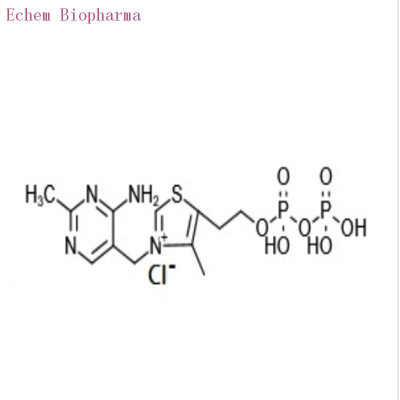Removing senescing cells slows cognitive decline in mice
-
Last Update: 2021-03-14
-
Source: Internet
-
Author: User
Search more information of high quality chemicals, good prices and reliable suppliers, visit
www.echemi.com
, a
published online by The Associated Press reported a causal relationship between senescing cells in mice and neurodegeneration. The results open up a potential new avenue for treating neurodegenerative diseases.
past studies have shown that as we age, senescing cells (dysfunctional cells that lose the ability to divide) accumulate in the body and actively promote tissue degeneration. Removing these cells can resist many of the effects of aging. Aging cells have also been detected in the context of brain aging and neurodegenerative diseases, although their role is unclear.
Baker and colleagues at the Mayo Clinic in the United States used genetically modified mice to simulate neurodegenerative diseases, reporting the build-up of senescient cells in brain regions such as the hemass. Throughout the life of the mice, the removal of these cells through genetic modification reduced neuron tau protein phosphorylation (and subsequent neurogenic fiber entanglement accumulation) and prevented neuron degeneration in the corties and hippocells (two brain regions involved in cognitive processes).
results showed that modified mice showed less memory loss than unretouched mice, which meant that senescient cells promoted neurodegeneration and loss of cognitive function.
the findings suggest that the continuous removal of senescing cells may have had an important impact on disease progression prior to the onset of neurodegenerative disease in model mice, the researchers said. However, further research is needed to determine whether these findings apply to humans and whether clinical transformation can be achieved. (Source: Lu Yi, China Science Daily)
This article is an English version of an article which is originally in the Chinese language on echemi.com and is provided for information purposes only.
This website makes no representation or warranty of any kind, either expressed or implied, as to the accuracy, completeness ownership or reliability of
the article or any translations thereof. If you have any concerns or complaints relating to the article, please send an email, providing a detailed
description of the concern or complaint, to
service@echemi.com. A staff member will contact you within 5 working days. Once verified, infringing content
will be removed immediately.







